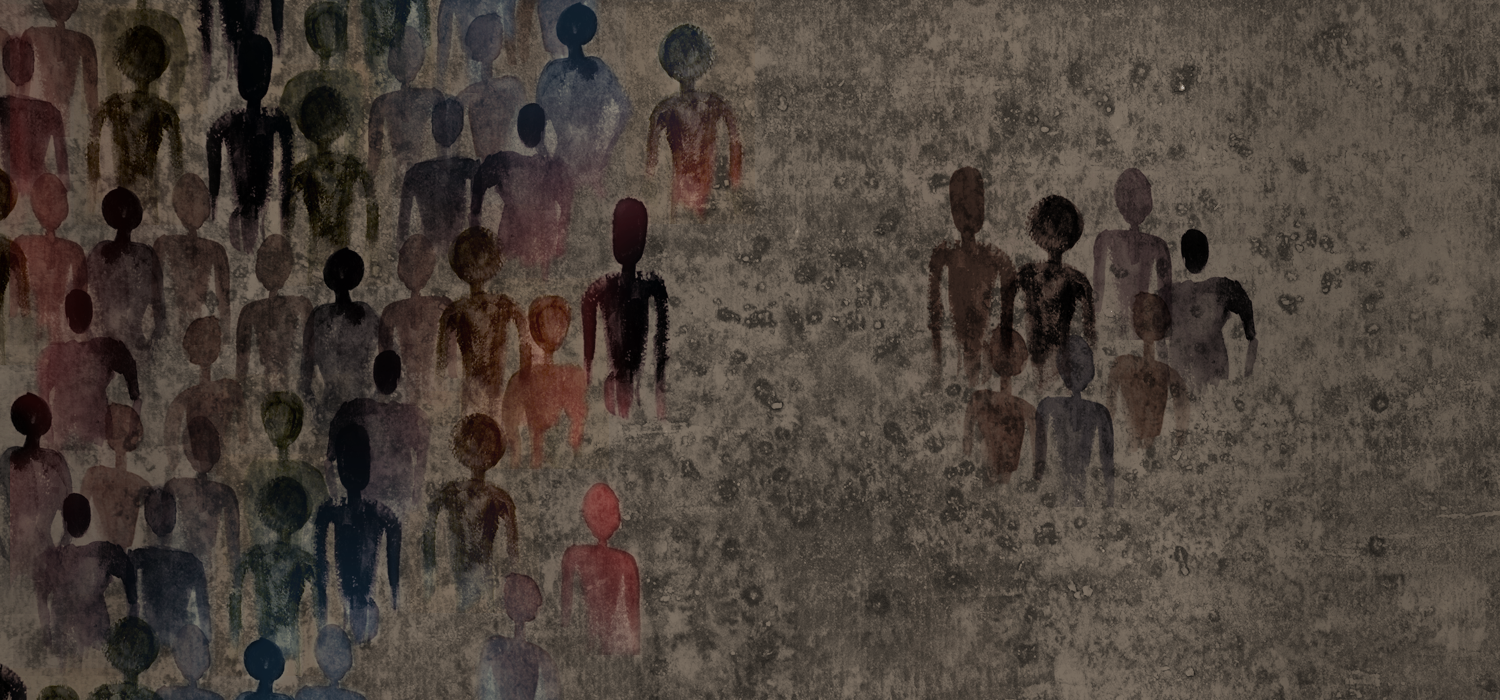
Throughout this week, Urban Institute scholars offer evidence-based ideas for policies that can make a difference for communities in Baltimore and beyond grappling with inequality and injustice. Although this series covers a lot of issues, we by no means address all the challenges that matter.
Police are charged with keeping communities safe, and many departments do so with tactics that emphasize street stops and high concentrations of officers in certain neighborhoods. But in Baltimore, New York, and many other cities, anger over fatal encounters with police has erupted into protests, with residents demanding: “stop killing us.”
In recent years, police have increasingly looked to “hot spots" policing and intensive tactics like stop and frisk to crack down on crime. In the minds of some police leaders, such tactics are a necessary evil: NYPD Commissioner Bill Bratton has likened stop and frisk to chemotherapy—an intense treatment with serious side effects that is necessary to treat a life-threatening problem—and therefore must be used sparingly to avoid harming the patient.
While Commissioner Bratton was talking about a specific policing tactic, the metaphor can be extended to heavy police presence generally, particularly in marginalized communities of color. Police play an essential role in keeping communities safe, but they must play that role mindful of the fact that police presence can be a harmful medicine. Currently, this medicine is most heavily applied to communities of color, who frequently report feeling singled out by police. Ample historical and research evidence validates those perceptions.
Precision and discretion are the keys to policing that addresses pressing crime problems while minimizing negative side effects. Many of the most damaging public safety challenges, such as gun violence, involve a relatively small number of individuals. This makes it possible to reduce violence through strategies that tightly focus on the people most likely to engage in it, demanding that they to stop harming their communities.
This demand comes with both the promise of severe consequences if they persist and an offer of assistance in changing their lives. The moral authority of the community in making this demand is a critical component of these strategies, and the community will only contribute that authority if convinced of the rightfulness and proportionality of the effort. These highly focused strategies concentrate the impact of police as narrowly as possible and have been effective in reducing serious crime.
In contrast, order-maintenance policing is often based on the “broken windows” theory linking neighborhood disorder with more serious crime. This type of policing focuses on low-level offenses and results in police encounters with a broad swath of residents in targeted neighborhoods. In some New York neighborhoods, nearly 80 percent of young men report being stopped, questioned, and frisked in a single year. Whether this type of policing reduces crime is hotly debated, but as a larger dose of policing, it increases the incidence of harmful side effects.
Quite rationally, many residents perceive that police are neglecting harmful crimes at the expense of over-enforcing low-level violations. As noted by famed gang violence interventionist David Kennedy, many communities feel underpoliced as well as overpoliced; low-level offenses become the target of intense order-maintenance policing while homicides and assaults go unsolved. Only about 50 percent of Baltimore homicides were solved in 2013, and less than 10 percent of serious property crimes. It’s no wonder protestors believe that police are more interested in controlling the lives of people in America’s most marginalized neighborhoods than in protecting those who reside there.
Policing is strong medicine, and sometimes it’s badly needed. However, only by using that medicine judiciously can we ensure that the treatment does not cause more suffering than it cures.
Illustration by Adrienne Hapanowicz, Urban Institute
Let’s build a future where everyone, everywhere has the opportunity and power to thrive
Urban is more determined than ever to partner with changemakers to unlock opportunities that give people across the country a fair shot at reaching their fullest potential. Invest in Urban to power this type of work.